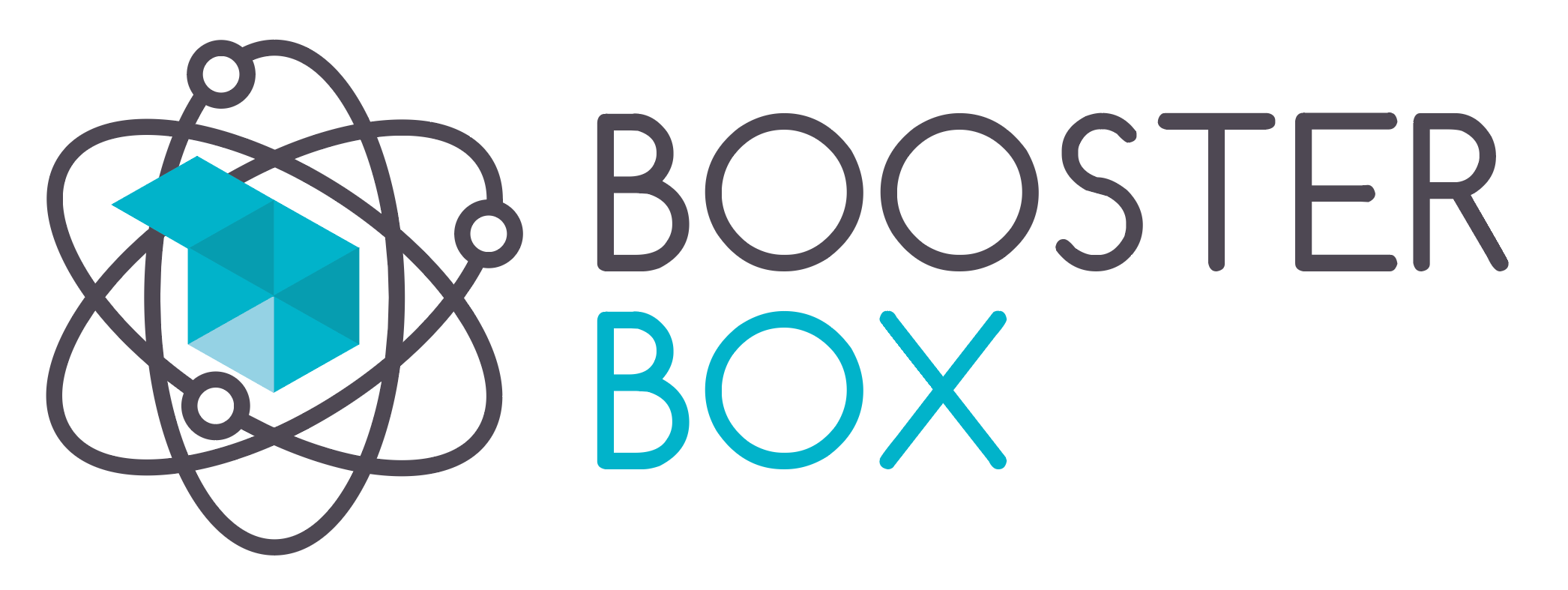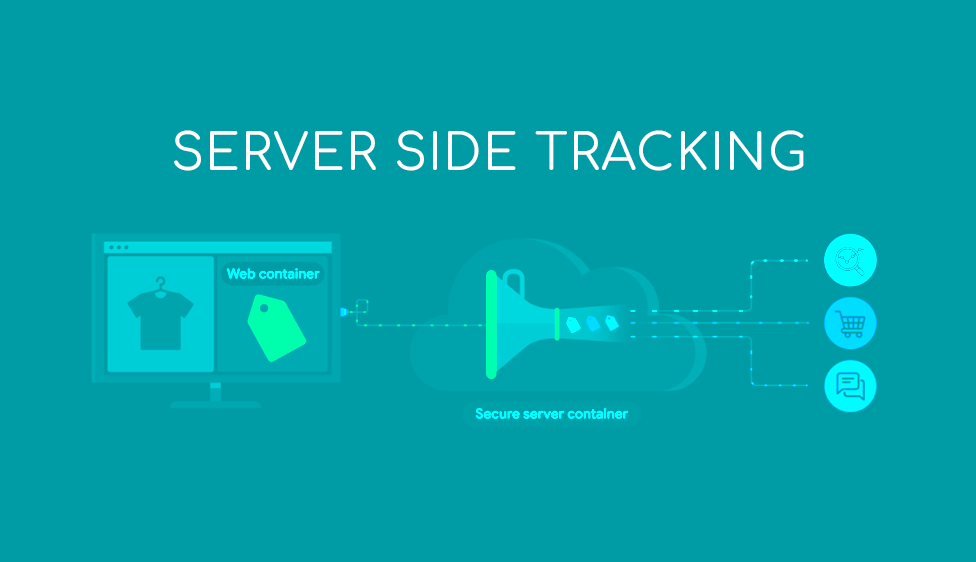We’re not talking about GoT’s House Hightower (we could absolutely write an entire essay on this topic, but – unfortunately – it’s not the time or place), but about Server Side Tracking (SST) and how it can enhance your analytics and improve your privacy compliance.
Let’s get into the details! Server side tracking works differently to client side tracking, and we’re here to explain it all. We can bring you through the differences, the pros, the cons, and all that important stuff. So read on, let us do our job and keep the wolf (spell it: boss) from the door.

CLIENT-SIDE TRACKING
Client-side tracking (CST) is when a cookie is sent to the client, set on their device and then sent back to the server with each request. This can be done using JavaScript or by installing browser plugins such as Ghostery, NoScript or AdBlock Plus.
CST relies on the dreaded and feared third-party cookies. Put simply, a string of text is taken from the users’ browser and leveraged tracking-wise by a third platform (hence the name: third-party cookies). Seems legit, so why are we all getting stressed out about third-party cookies?
Because those cookies, taken from the users’ browser, aren’t always used solely for direct tracking reasons, but also some more hidden purposes. Stay calm, we’re not talking about ritual magic, ceremonies or various conspiracies! We’re just saying that collected data, first shown to the company for tracking purposes, can then sometimes be sold – for instance – for market research purposes.
SERVER SIDE TRACKING
As opposed to CST, Server side tracking (SST) is a method of tracking users that relies on data collected on the server side. SST is sometimes known as server-side cookie tracking or server-side sessionization, but these terms are actually misleading and confusing for most people. Instead of relying on cookies or other client side technologies, SST uses data from your web application to identify and track users across sessions.
Relying on data collected on the server side only, SST is a more accurate way of tracking users, mainly because it doesn’t rely on cookies or other client side technologies and can still be used to target advertising, measure conversions and understand user behaviour. We will go into more depth on this in another post…unless you want this to turn into a novel. And we know you don’t.
In short, data remains inside a first-party server instead of flying to external parties. Well, it doesn’t have to remain stuck inside a server indefinitely, you’re actually in charge of where you want to send data and what data will feed algorithms to ensure your campaigns soar. Already, you can see a clear advantage over CST. But you know, giving you details is our job and we may as well do it properly. Although, we won’t say it’s our passion – read our previous blog post to understand why.
SST PROS
The benefits of Server side tracking are too numerous to count! Wait… how inaccurate is that statement? Sorry, we can’t repulse our scientific soul. As a scientific marketing agency in love with numbers, we think everything can be counted. Benefits for sure, so let’s count them out:

1) Collect more data and enrich it
You can collect more data (SST avoids restrictions driven by ad blocking browser plugins and specific browsers – like Safari), which will give you a greater understanding of your users and their behaviour.
2) Flexibility
Server side tracking allows for more flexibility than browser-side tracking using pixels. For example, server side tracking lets you customise what elements should be tracked based on user preferences or the device they’re using (instead of relying on cookie settings)
3) Improve privacy compliance
Collected data is sent directly to your first-party server and can be anonymised before being passed to platforms for tracking and campaign enhancement purposes. This could help ensure users data is not sent back into the market for third-purposes as well – basically you’re the only one benefiting from your tracking. Additionally, Server side tracking gives businesses access to data from all devices regardless where the cookies have been set.
4) Increase conversion rates
Server side tracking helps increase conversion rates because it allows companies to feed algorithms with more data, thus improving performance. The site speed and performance are also improved as the burden of tracking is removed from the client’s browser.
SST CONS
As we have seen, Server side tracking has many benefits over client side tracking, but it also comes with some drawbacks. While being generally more accurate and efficient than client side tracking, it’s not without its problems.
Implementation requires more technical support and knowledge and the server’s direct cost must be considered. The cost varies depending on the volume of data.
CONCLUSIONS
Yes right, each blog post has a big conclusion – a finale, if you will. And we know you’re waiting for it, welcoming it, ready to embrace it.
Well, if you know us, then you know that we are a little odd and we like to act differently. Or if you are a spring chicken when it comes to Booster Box, we should warn you now – we’re nerdy pranksters who like to make jokes. You won’t get any conclusions today- this is only episode 1.

If you want to find out more about SST, learn more about how we set it up, and how we use it to improve tracking whilst also improving your privacy compliance, you’ve got to stay tuned and wait for the next episode.
Again, we’re not talking about GoT, we’re talking about SST. Now pardon us, but the fifth episode of HotD’s out and we’re off. Byeee!


